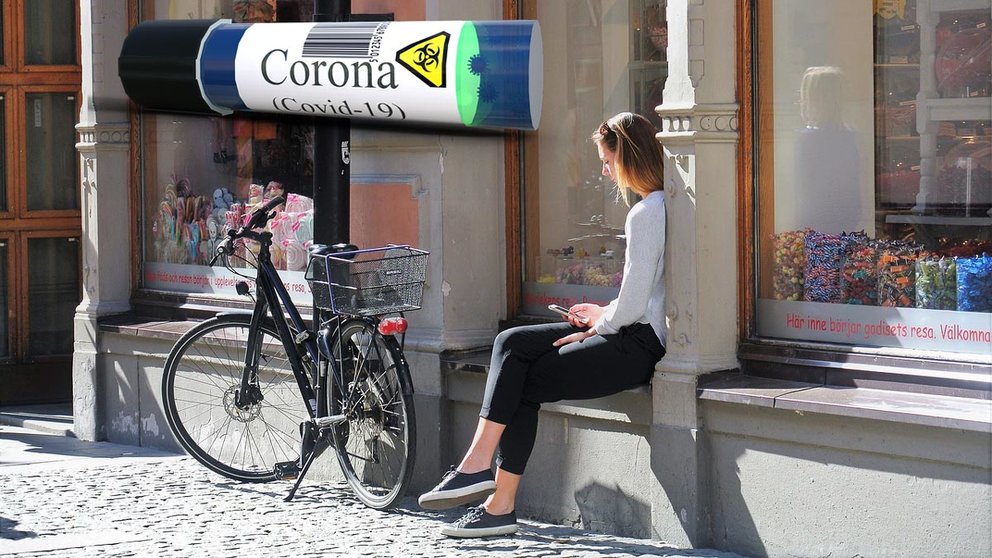Sweden has been ahead of Finland in terms of the coronavirus (koronavirus, in Finnish) epidemic. More than 2,000 infections were confirmed in Sweden on Monday, with over 100 patients in intensive care. There are at least 33 dead confirmed.
In Finland, 792 infections have been recorded so far. Of them 11 are in intensive care. One is dead.
However, the two neighbouring countries have chosen different ways to fight against the Covid-19.
Mika Salminen, Director of Health Safety at the National Institute for Health and Welfare (THL) talked to Helsingin Sanomat and said, “Even if we do not recognize all the cases, we are clearly in the lead in Sweden during the epidemic. For example, hospitals are not burdened in the same way.”
Precautions are exactly the opposite. Despite having more advanced the epidemic, the Swedish government and authorities have not gone as far as limiting the lives of citizens as the other Nordic countries.
Schools still open
For example, in Sweden, kindergartens and schools are still normally open.
The Ministry of Education sent a message to the parents on 13 March and said, “At the present time the Swedish Department of Public Health and the Ministry of Education has stated that schools and day cares on a national level will remain open to allow for parents who work in vital societal functions (health care, transportation, police, etc.) to continue to work and provide services to the community.”
“The Ministry of Education is also concerned about the effect that closing schools and day cares would have on the elderly population which would potentially be more exposed to the Covid-19 virus by helping cover childcare needs of working families.”
Only higher education institutions have switched to distance education. Ski resorts in Swedish Lapland continue to operate, and Sweden has not closed its borders either.
Meetings are limited to fewer than 500 people, and according to Yle, cities are planning to bring the terrace season ahead of the closure of restaurants.
In Finland, schools were closed and meetings were restricted to less than ten people last week. On Monday, Minister of Finance Katri Kulmuni said the Finnish government would also be preparing for restrictions on movement and the nightclubs and bars will be closed.
How they justify this strategy
In Sweden, Johan Carlson, Director-General of the Folkhälsomyndigheten, the public health authority, tried to justify this strategy on Friday at a news conference.
Carlson said, “We have been criticized for being too weak. We believe that we have taken appropriate action with regard to human health.”
Swedish Prime Minister Stefan Löfven warned in a TV speech on Sunday evening that things could get worse. Löfven insisted that the citizens themselves must understand their responsibility and avoid contact with others to protect the weakest, but no further restrictive measures were announced.
Despite the differences, Finland and Sweden have much in common. “It is, therefore, worthwhile for countries to try to cooperate,” said Salminen.
Do not believe in extensive tests
Both countries are also united by a much-debated decision: the authorities have explicitly criticized the World Health Organization (WHO) recommendation for extensive corona tests.
In Sweden, coronavirus has been tested somewhat more proportionally to the population than in Finland, but with the same logic. The testing will be limited to severely ill and health care personnel.
Instead of stopping the epidemic, Sweden and Finland’s strategy aim to slow it down, in order to "lower the curve". According to this approach, then the society will overcome the peak of infections and the already infected population will begin to provide protection as a potential new wave strikes.












